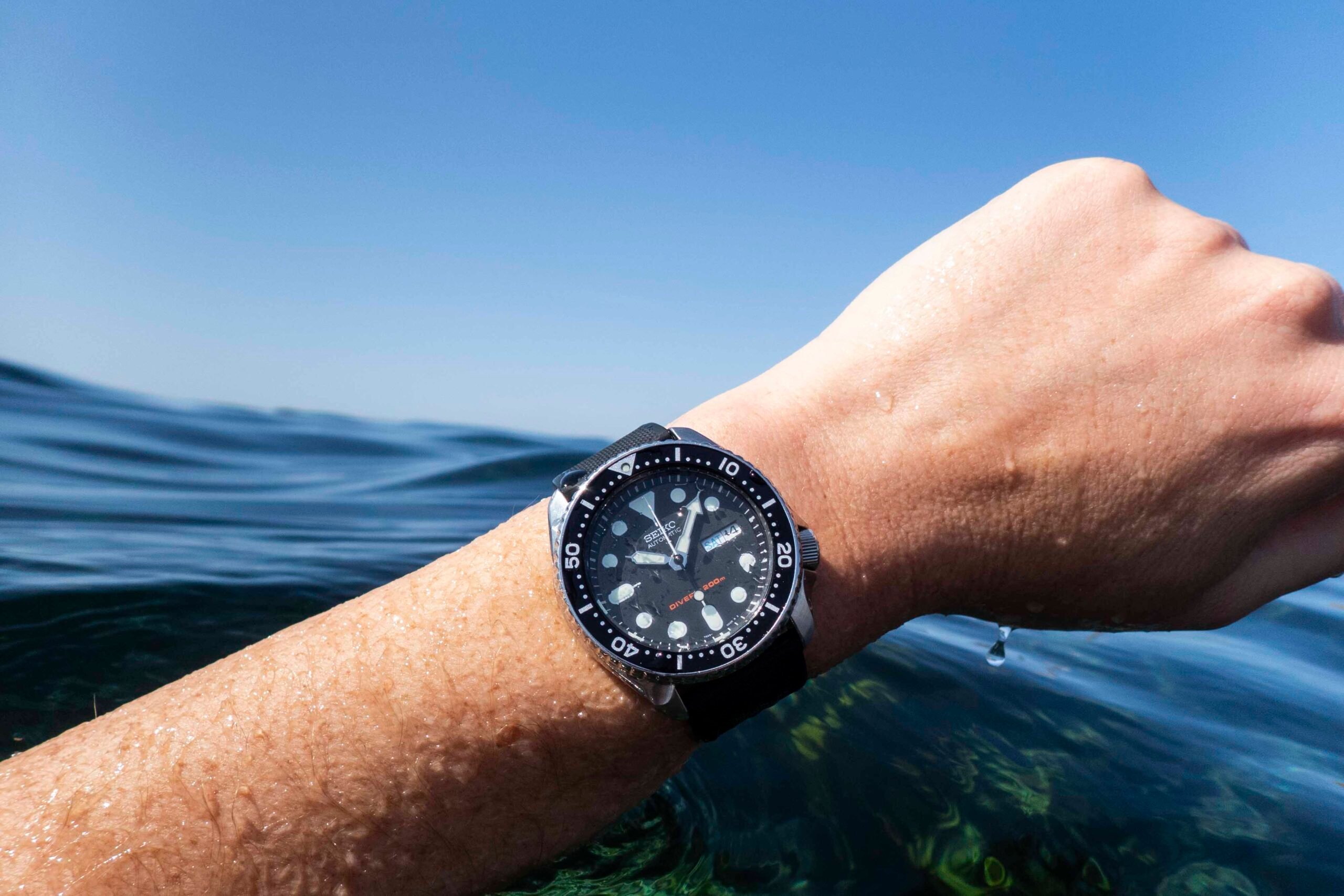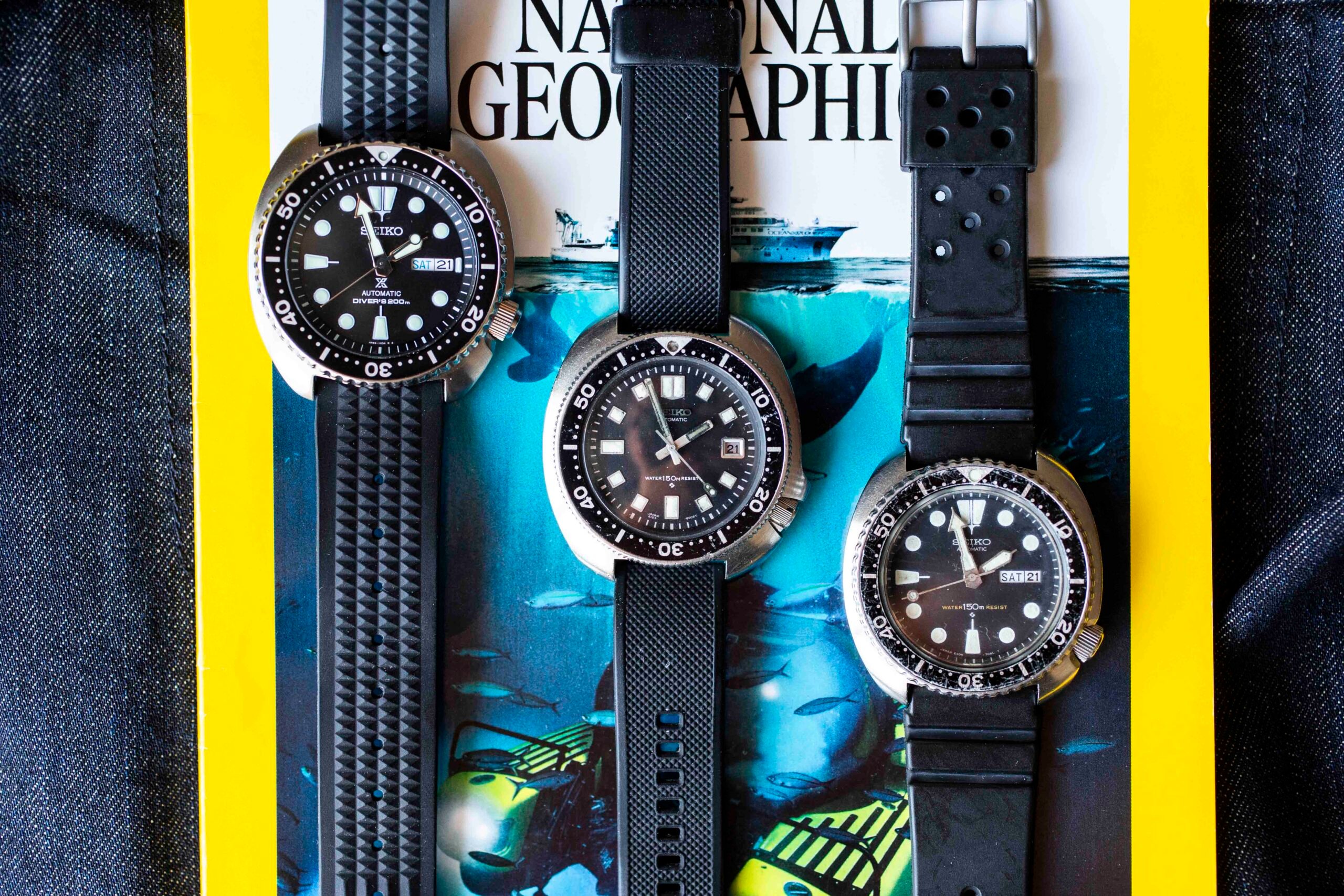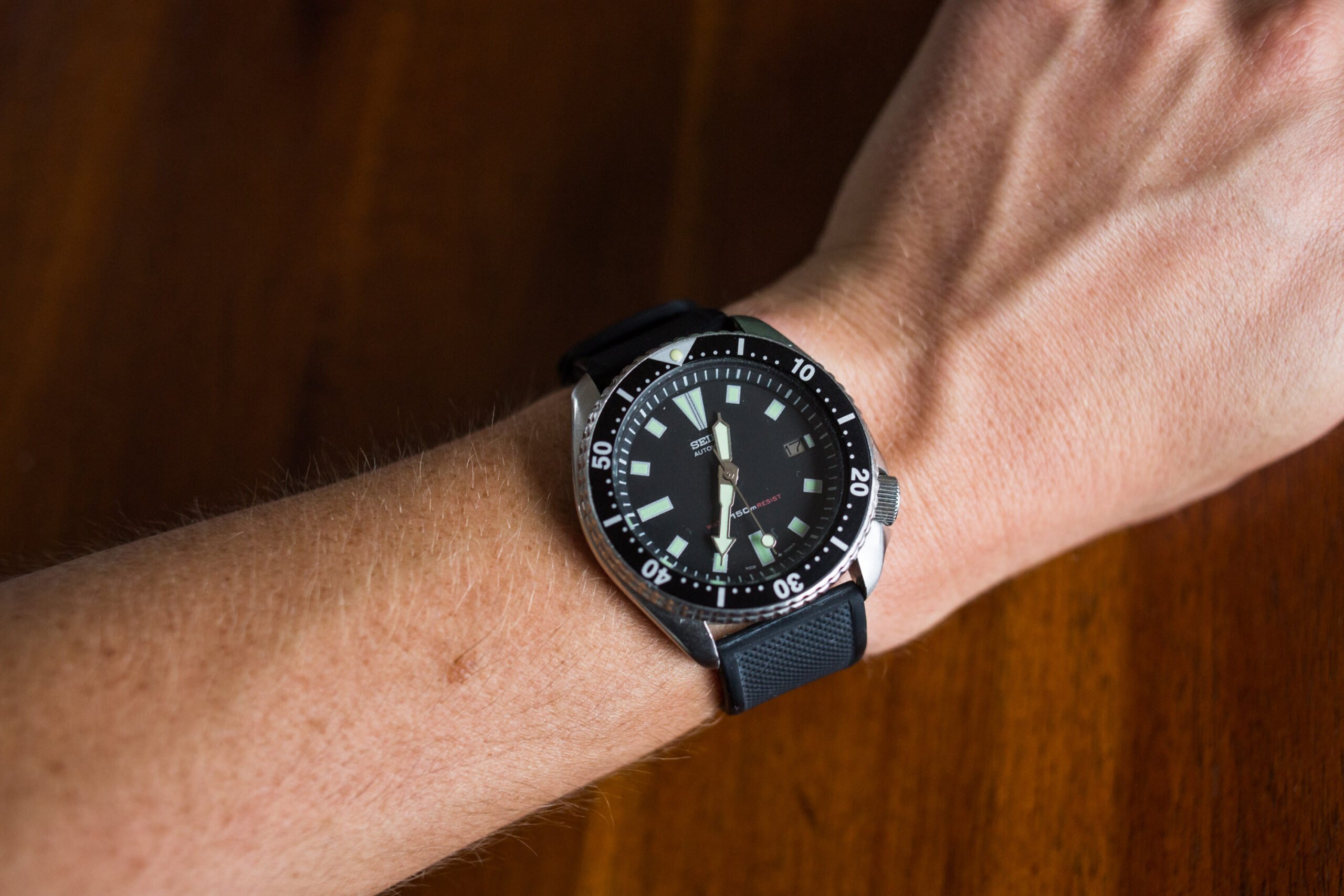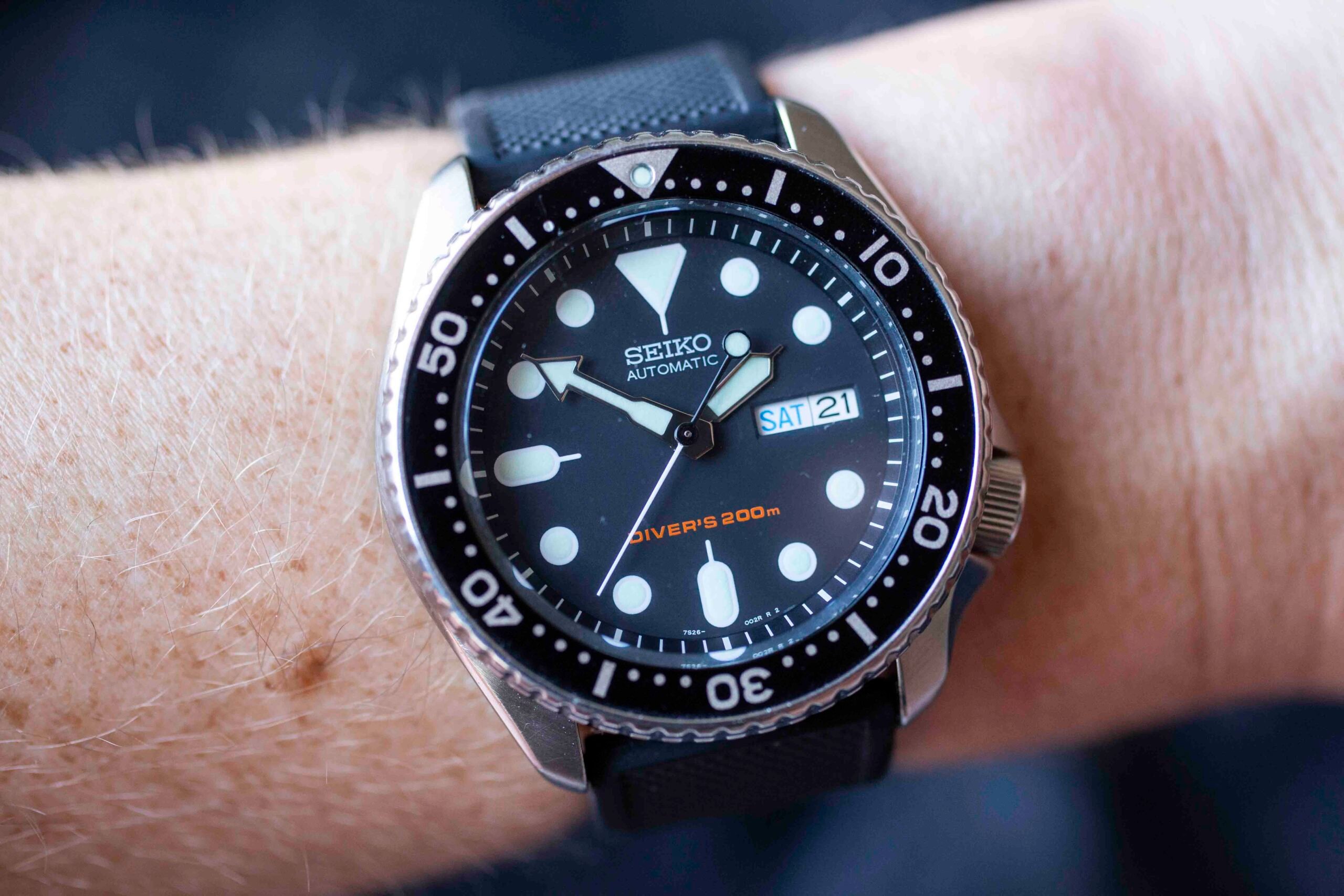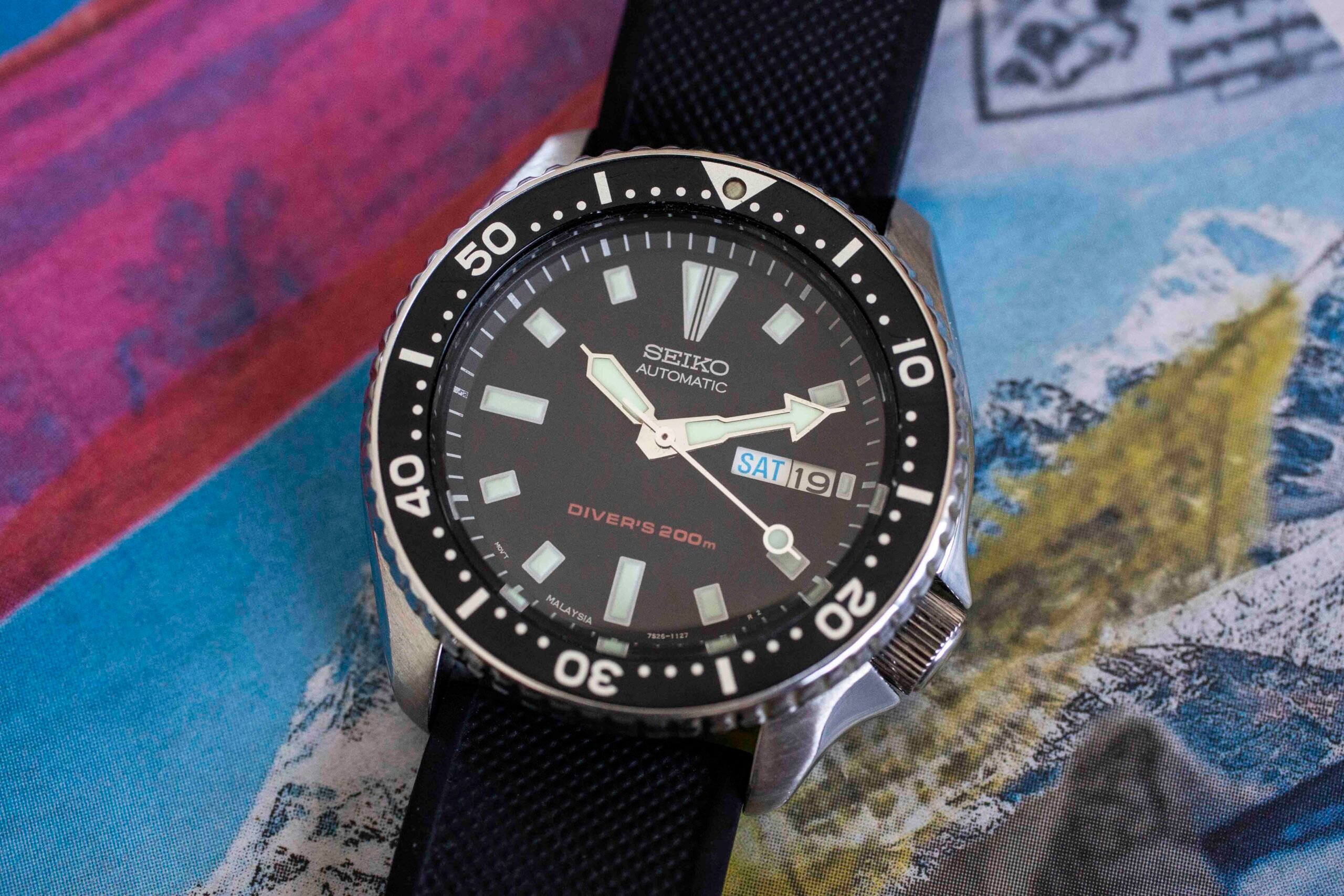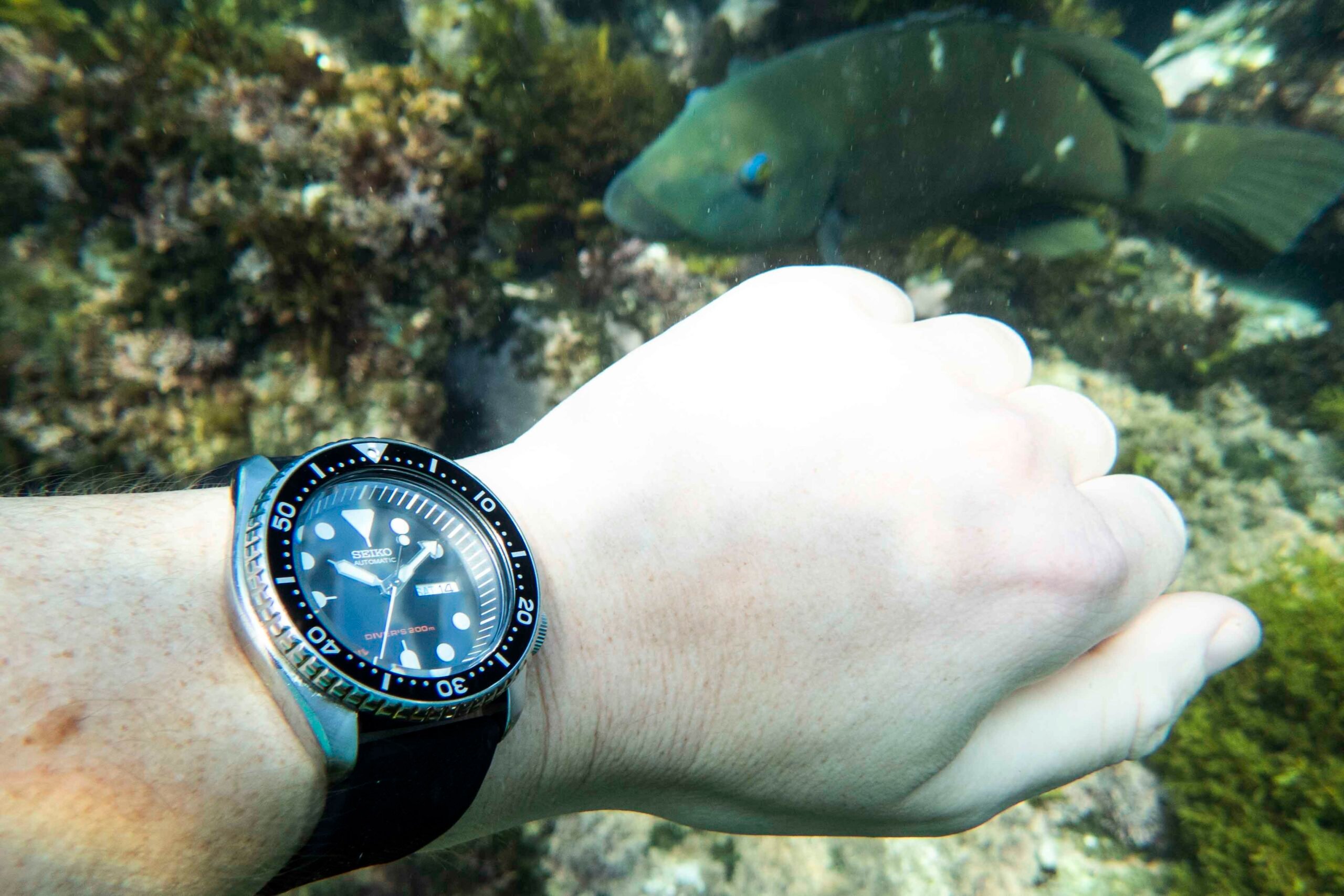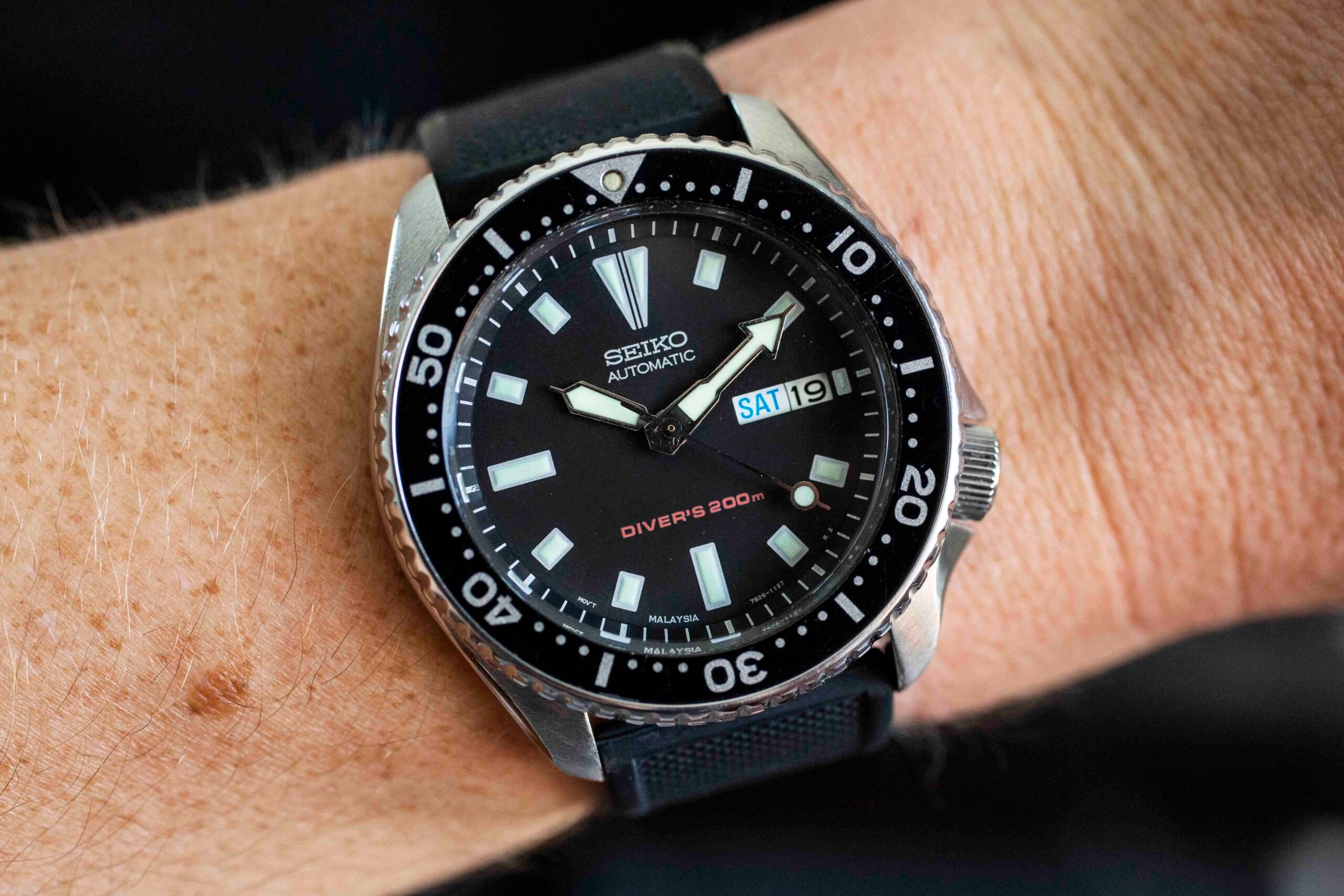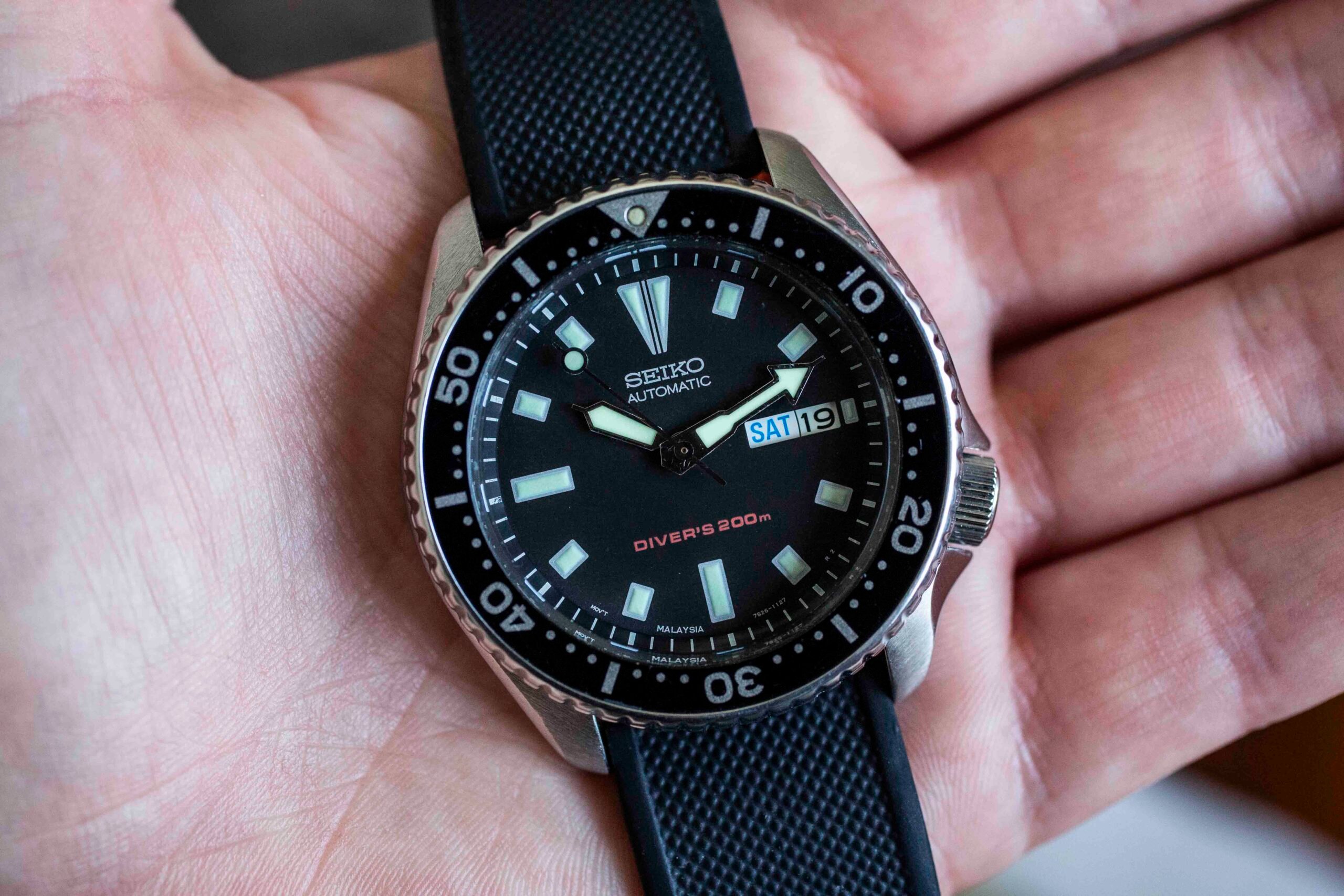The Seiko SKX173: A Lesser-Known Take On The SKX007 Dive Watch With A Neo-Vintage Dial Design
Seiko’s SKX007 dive watch is a modern classic. Today, we’re looking at a different and, I’ll argue, better-looking version. The watch is known as the Seiko SKX173. Read on.
Recently, I wrote about Seiko’s SKX007 dive watch. This was not a review, per se, but an assessment of the SKX007’s role in 2024. The article asked the question, “Is the Seiko SKX007 still worth your time in 2024?”
The Seiko SKX007 in 2024
Long story short, the answer was a qualified “yes.” Several factors have shifted significantly since Seiko discontinued the SKX007 in 2019. When it was in production, the SKX007 represented the entry point to the magic dive-watch formula that Seiko had been perfecting for the better part of half a century. That formula was a balance between handsome and unique looks, rugged build quality, heritage, and bang for the buck.
For around €230, you could get an ISO-compliant (and independently certified) dive watch with a 200m depth rating, a rugged (if basic) automatic caliber, and class-leading lume. Throw in the heritage of a quality Seiko dive watch, and it is no wonder that the SKX007 and its brethren (including the SKX013 and SKX009) dominated entry-level tool watches for so many years.
Rich Seiko heritage
Seiko’s SKX007 hails from a family of quality dive-watch designs. The watch can trace its ancestry back to the Seiko 6105-8110/9 “Willard” and the 6309-7040/9 “Turtle.” This Turtle was made from 1976 until 1982. What followed were “slim” case designs (called this way because the previous Willard and Turtle had large cushion cases), including the 6309-7290.
This set a new design standard, which led to the 7002-700x of the late 1980s and early to mid-1990s. You can find a lot of information on the history of Seiko dive watches in our excellent guide here.
The Seiko 7002-700x
Reference 7002-700x was noted by my colleague Mike Stockton as a neo-vintage classic. With rectangular hour markers and a slimmer case, it essentially set the design standard for the Seiko SKX007, which would follow in 1996.
As Mike notes, the decision to abandon the production of the successful slim Turtle in 1988 with the end of the production of the 6309 series of movements is unknown. The switch meant the introduction of the Seiko 7002-700x and its 7000 series of calibers. Mike notes, “A look at the [newer] movement shows stamped versus machined parts, a lot more plastic, and less expensive finishing.” Cost pressures have been put forward as a potential factor, then.
Chasing down a Seiko SKX007 in 2024
Inspired by the role that the Seiko SKX007 — and, by extension, the brand’s other dive watches — have played in bringing new people into this hobby, I explored getting one for myself. As I discovered, though, the secondary market for the Seiko SKX007 has gone a little crazy since the watch’s discontinuation in 2019. Prices vary, but it’s not unheard of to see one listed for double or triple the price it retailed for new!
Sure, other discontinued watches have seen increases even beyond their retail prices, but the Seiko SKX007 always represented value to me as a hobbyist. I think it was for this reason that I just couldn’t stomach paying all that much for one.
The Seiko SKX173
This little look-back brings us to the Seiko SKX173. As part of my research into the SKX007, I was looking at some of the spin-off references that accompanied it. These included the SKX013, which was a more compact version of the SKX007. Another option that popped up was the SKX009, which had a Pepsi color scheme. Neither did much for me, though, as I preferred the hands of the SKX007 over those of the SKX013, and the color scheme of the SKX009 never greatly appealed to me.
So I found myself a little stuck, and I was prepared to give up my quest for an SKX007 or something similar. That was until I stumbled across an old article waxing lyrical about a reference called the SKX173. This was a version of the 007 produced for the US market. Made in Malaysia, these Seiko SKX173s shared the same specifications as the SKX007 but had changes to the dial and handset designs. I’d found my dream iteration of the SKX007.
Some major design advantages over the SKX007
The SKX173 has a couple of major design differences that I feel greatly improve the appeal of the watch to a Seiko fan like me. The first major difference is the dial. The SKX173, like the 7002-700x before it, has a mix of longer and shorter rectangular indexes. An inverted triangle split down the middle at 12 o’clock is also present on both dials. This design looks cleaner and more vintage to me in the best sort of way. There’s a degree of congruency between this handset design and the block-like shapes at the hour markers.
In addition to the use of these indexes is the addition of a tiny marker alongside the day/date window. The Seiko SKX007, as shown in the wrist shot above, loses any marker altogether in that spot. This means, ironically, that this old Seiko SKX173 from the early 2000s technically still meets the current ISO 6425 standard, unlike the SKX007. In 2018, ISO 6425 received an update requiring luminous markers at every hour, even when next to a date window.
A great throwback to vintage design cues
To me, the seconds hand is another major visual improvement over the Seiko SKX007. The seconds hand on the SKX007 uses luminescent material on the counterbalance. This SKX173, by contrast, uses luminescent material at the end of the lollipop-style seconds hand. Not only is this more practical than the SKX007, but it also just looks nicer and is a good throwback to the design of the seconds hand in the Seiko 6309 Turtle.
In essentially every other respect, the Seiko SKX173 is identical to the Seiko SKX007. But there is one final alluring difference — the price. In my research before writing this article, I found that the Seiko SKX173 tends to be cheaper than good examples of the SKX007 on the secondary market.
Concluding thoughts
The price difference was the icing on the cake for me. The Seiko SKX173’s design tweaks won me over, making significant improvements and creating a better-looking watch overall. When you put this watch next to its ancestor, the Seiko 7002-700x, the evolution makes a lot of sense.
The bonus is that it’s a watch that I am less likely to see in the wild than an SKX007. What do you think, Fratelli? Would you choose one of these, or is the Seiko SKX007 the undisputed king? Let me know.

